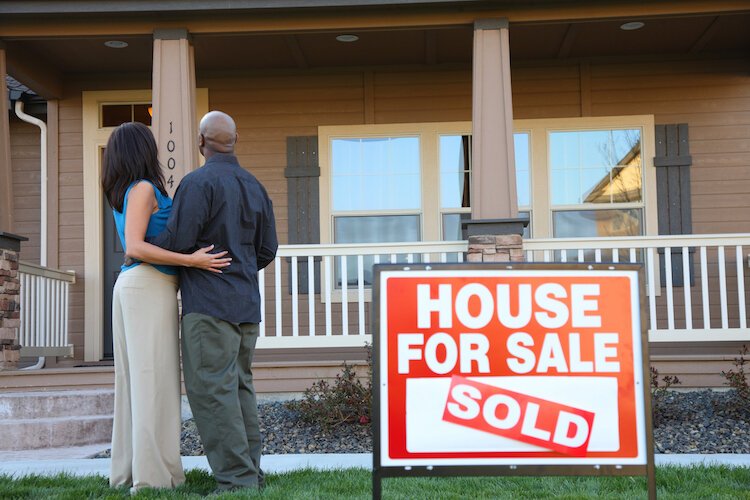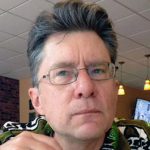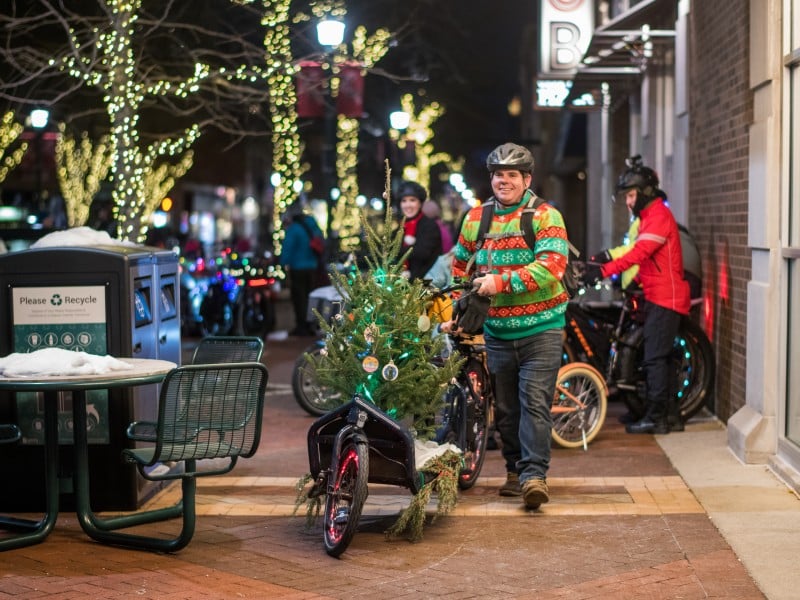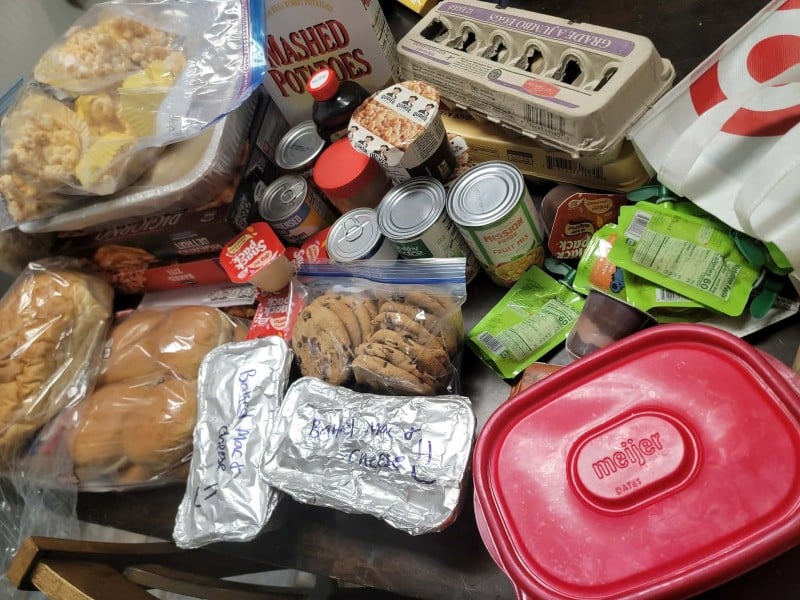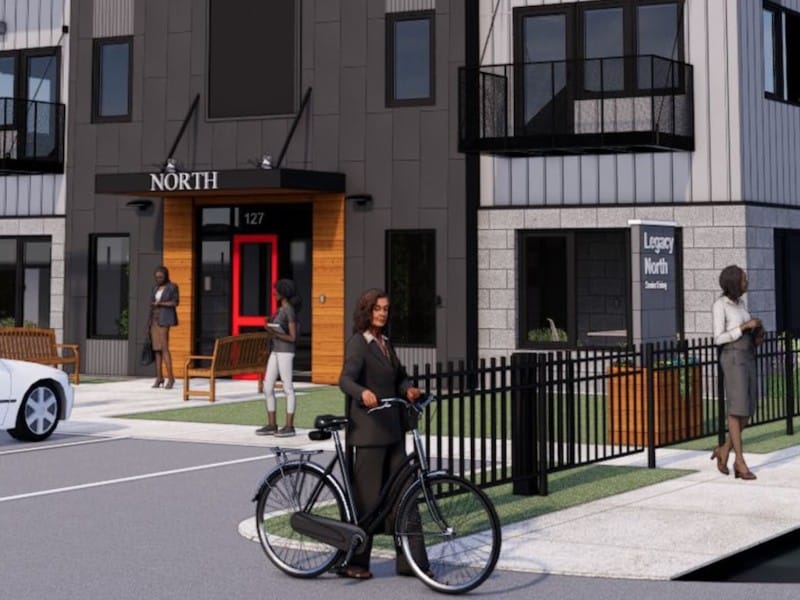Kalamazoo’s systemic inequities in housing and efforts to correct them
Since the days of redlining in mid-1930s blacks have found it nearly impossible to live wherever they wanted and where they could afford to live in Kalamazoo. Steps are underway to change that.
Editor’s note: This story is part of Southwest Michigan Second Wave’s On the Ground Kalamazoo series.
Three important neighborhoods have been at the foundation of Kalamazoo’s growth, from celery farms to industry, from the 19th into the 20th centuries: Northside, Eastside, and Edison.
On the night of June 2, 2020, as police launched teargas at Black Lives Matters protestors in downtown Kalamazoo, suspicious fires were started in two of those neighborhoods. Four homes were destroyed and one damaged in Northside, and a vacant house was damaged in Edison. The Northside fires are being investigated as arson.
That these fires happened in these neighborhoods, at the same time protests over racial discrimination were happening downtown, inflicts a particular sting on Kalamazoo’s black community.
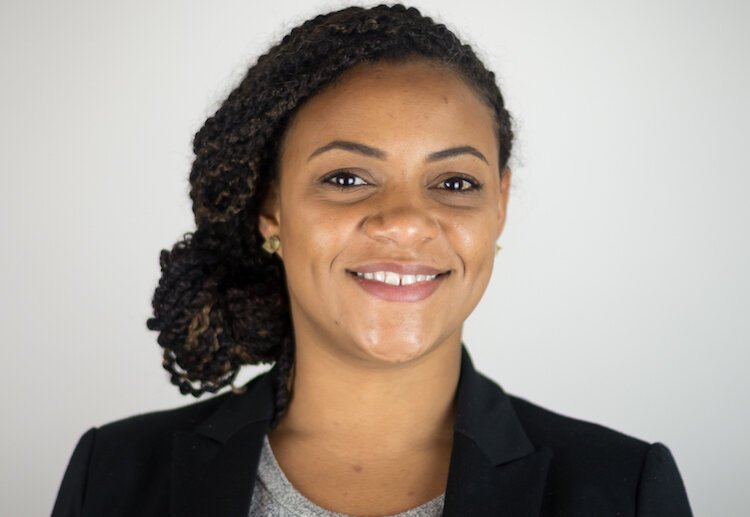
Since the National Housing Act of 1934 effectively segregated Kalamazoo neighborhoods through “redlining,” many black families and individuals have found it impossible to live where they wished and where they could afford.
Systemic inequities in housing, and current efforts to fix generations of issues in homeownership and renting, were outlined during a Zoom forum with the Kalamazoo Community Foundation’s TRHT (Truth, Racial Healing and Transformation) and ISAAC (Interfaith Strategy for Advocacy and Action in the Community), hosted by Housing Matters, a week after the June 2 fires.
Historical Context: Redlining
Director of TRHT Sholanna Lewis says that ISAAC and TRHT are joining forces in advocating solutions for fair housing, but first, all must understand “the impact of historical segregation in our community.”
And history includes what’s happening now, Lewis says. “I just want to acknowledge the historical moment we are in when we’re talking about history. In our community in recent weeks we’ve seen a lot of protests and demonstrations, and honestly, some really scary things happening, particularly to homes that are in historically black communities.”
Lewis later expressed a fear that the fires were “potential hate crimes,” that “we know that burning buildings is a white nationalist, white terror calling card. We know that, historically,” such as the 1921 burning of Tulsa, Oklahoma’s Black Wall Street.
“I think it’s so relevant, it’s just a reminder of how important it is to take a historical perspective on these issues and understand the connections to where we are, how far we’ve come and how far we haven’t,” she says.
Matt Smith, a historian, and TRHT Housing Task Force member, followed with a shortened version of his talk on redlining in Kalamazoo.
In the 1930s, as part of a Depression-era federal effort to boost homeownership, neighborhood maps guided mortgage lending — areas considered the worst risk for loans were outlined in red, and the next-worst in yellow. These were mostly black and minority neighborhoods; in Kalamazoo they were the Northside, Eastside, and Edison.
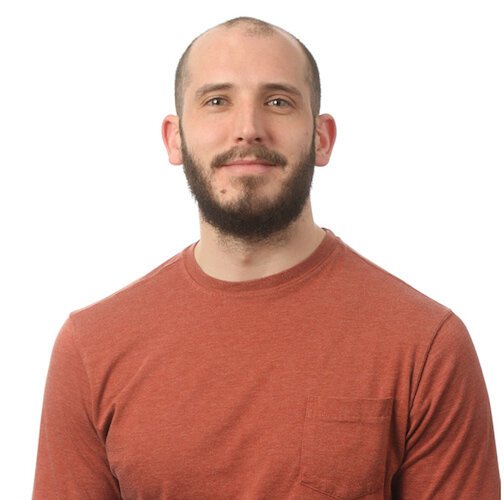
At the same time, loans went to Milwood, Eastwood, Westwood, Westnedge Hill, Oakland, and Winchell, Smith says. “Neighborhoods exploded with a beautiful and amazing home-ownership program,” with new houses built in what had been rural neighborhoods, all going to ‘working-class white people’,” he says.
Policies were in place that were “intentionally designed to cut black people out of that program.” Redlining and other policies insured that “you’re going to have more renters than homeowners, which is the case in those three neighborhoods; you’re going to have slumlords, which is white people extracting wealth from black communities; you’re going to have disinvestment, and you’re going to be around white pollution (from nearby industry).”
Smith says that Kalamazoo’s first black city commissioner, Arthur Washington, questioned in 1961, “Is it an open policy to regulate Negros to a given section of the city? … You wonder why they’re so bitter, disillusioned, and angry.” His concerns weren’t addressed, Smith says.
It wasn’t until the late 1970s that anti-redlining laws came to be, but the practice continued, “the only difference being it’s illegal,” he says.
Eight decades later there are still big differences in the three neighborhoods when compared with the rest of Kalamazoo, Lewis shows using figures from the American Community Survey of 2012-2015.
For example, what she calls the “striking” difference between Edison and Milwood. With a similar population size and in the same area, Edison’s median home value is $55,400, Milwood’s is $104,600; Edison’s population is 55.07% people of color, Milwood’s is 27.99%.
County data shows that county-wide, 74.30% of whites are approved for mortgages, but only 55.10% of blacks are. Issues such as previous evictions, previous convictions, and lax landlord repairs also impact housing for the black community, she adds.
“This is really a deep, deep, deep issue,” Lewis says. “It’s not just being denied housing, it’s about being charged more for housing, it’s also being directed to certain neighborhoods, called steering. There’s a lot of ways that housing discrimination functions, to continue to keep the neighborhoods looking the way they look.”
‘Committed to this being different’
City commissioners are expected to vote this summer on changes to Chapter 18 of the Kalamazoo Code of Ordinances, which will include new protections TRHT and ISAAC hopes will correct systemic housing inequities.
(Note: The vote on the ordinance has yet to be scheduled, deputy city manager Laura Lam writes in an email after the online forum. Lam writes, “We do not currently have a date for the housing ordinance to come before City Commission for consideration. Engagement efforts around the ordinance have been delayed due to COVID and related restrictions for gatherings. The City’s Public Participation Plan is based on the concept that those who are affected by a decision have a right to be involved in the decision-making process. To stay true to this core value, we want to ensure outreach can occur among different stakeholder groups. We are also working through various operational aspects to understand how the draft policy we bring before the City Commission can be successfully implemented.”)
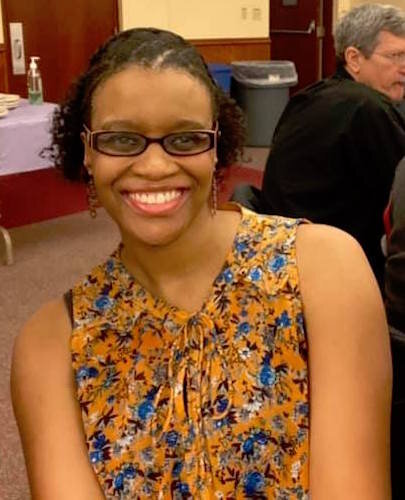
ISAAC, along with Ministry with Community, El Concilio, CARES, and other local organizations, recently conducted housing inequity focus groups.
Davis, from ISAAC, says they spoke with “those who are impacted the most, their voices are vital. We see them as experts because they are the ones going through these housing inequities.”
Focus group findings showed that longtime residents of these three neighborhoods are skeptical that change will happen.
One respondent who she remembers vividly was “an older black gentleman, who said — he was being very honest with us — ‘I’ve been here before, I’ve been in a meeting like this before, and I shared what I had to say. I shared about what obstacles are going on in housing.’ He was being blunt. He said, ‘I hope this will be different.'”
Davis says, “We are committed to this being different.”
Vice mayor of Kalamazoo Patrese Griffin is the primary author of the housing equity ordinance change. Work has been done on the ordinance for two years, she tells the forum.
“What we have on the books now is not enough,” Griffin says.
“I have personal experience that people are living where they can live, not where they choose to live.” This leads to pockets of poverty and no “healthy housing flow” — in other words, when residents can afford to improve their housing situation, they still find barriers to moving.
“What’s happening right now is the folks who are at the furthest end, homeless, are having difficulties getting into housing. People who are in housing, even if it’s ‘affordable housing,’ who want to move into, let’s say, workforce housing, are having difficulties moving into that space. And those folks are having difficulties moving into homeownership. So the flow of housing is basically backed-up, and that has to do with these barriers that are keeping people from getting into housing.”
If people have the funds to improve their housing, but can’t move out of their current dwelling, what’s the barrier?
Griffin continues, “One of the strongest pieces of this (ordinance change) is to reduce discrimination in housing. It has nothing to do with eliminating a person’s ability to screen out folks, but again, we have huge disproportionate numbers of families and individuals who are not able to get into housing. When you start to break down those reasons, then you can tie that back into discriminatory housing practices — whether they are intentional or not, the outcomes create the same result,” Griffin says.

She outlines the ordinance changes as expanding housing protections to people regardless of educational affiliation, source of income, status as a victim of domestic violence, personal identification method (if one has a Kalamazoo ID card but no driver’s license, for example) or prior arrests or conviction record. It also strengthens protections for gender identity and sexual orientation, and protects against predatory application fees.
The new ordinance will include a civil rights board, “one of the more important pieces because it deals with enforcement, and really having teeth and having a place to carry out the complaints that come in,” Griffin says.
The city website says that the ordinance changes’ purpose is “to eliminate blanket housing rejections for any demographic.”
The old blanket too often covers African Americans, Lewis says. When it comes to income sources, “over 75% of our housing choice voucher recipients in Kalamazoo are black people. So when we say, we don’t want to take housing vouchers, we’re talking about a specific population. When we say, we don’t want to take prior convictions, etcetera, we’re talking about a specific (population).”
Lewis continues, “These are called disparate impact, when we’re talking about ways in which every program is designed to address and fix the problems of segregation and racism in this country, there is a work-around or loophole that is found to deny access to those very programs that are supposed to be equalizing.”
Pathway Home Project
Stephanie Hoffman, executive director of Open Doors Kalamazoo, co-chair of the ISAAC and TRHT Housing Task Force, and board member of the Foundation for Excellence, spoke about the Open Doors’ Pathway Home Project.
Her non-profit has been providing shelter for the homeless for the past 50 years, Hoffman says. Now they’re focused on building a pathway, “from homelessness, to supportive housing, to homeownership.”
The Pathway Home Project has been in development since November, and has support from the Urban Institute and MacArthur Foundation, to “create a pathway to homeownership for low-income, and specifically African American families, while addressing and mitigating generations of systemic injustices, through a lens of equity — and we’re adding on anti-racism to that,” she says.
Hoffman is also concerned about housing flow. “We have a housing shortage” in both the city of Kalamazoo and the county. Once Pathway Home is underway, they hope to get people into homes throughout the county, not just in Northside, Edison and Eastside. But that means they’ll need to “dismantle that invisible red line that still happens.”
Lewis concludes the forum by saying innovative solutions are needed to dismantle systemic inequities that have “taken a century literally to build,” she says.
“We cannot have a one-size-fits-all or simplistic solution to addressing racism and disparities. This is going to take all of us, and it’s going to take intentional work to really get at some of these issues.”
Lewis continues, “Many of the systemic inequities we see will not be addressed until we address housing. Housing segregation allows for the over-policing of communities. It allows for educational segregation. It allows for health impact.”

